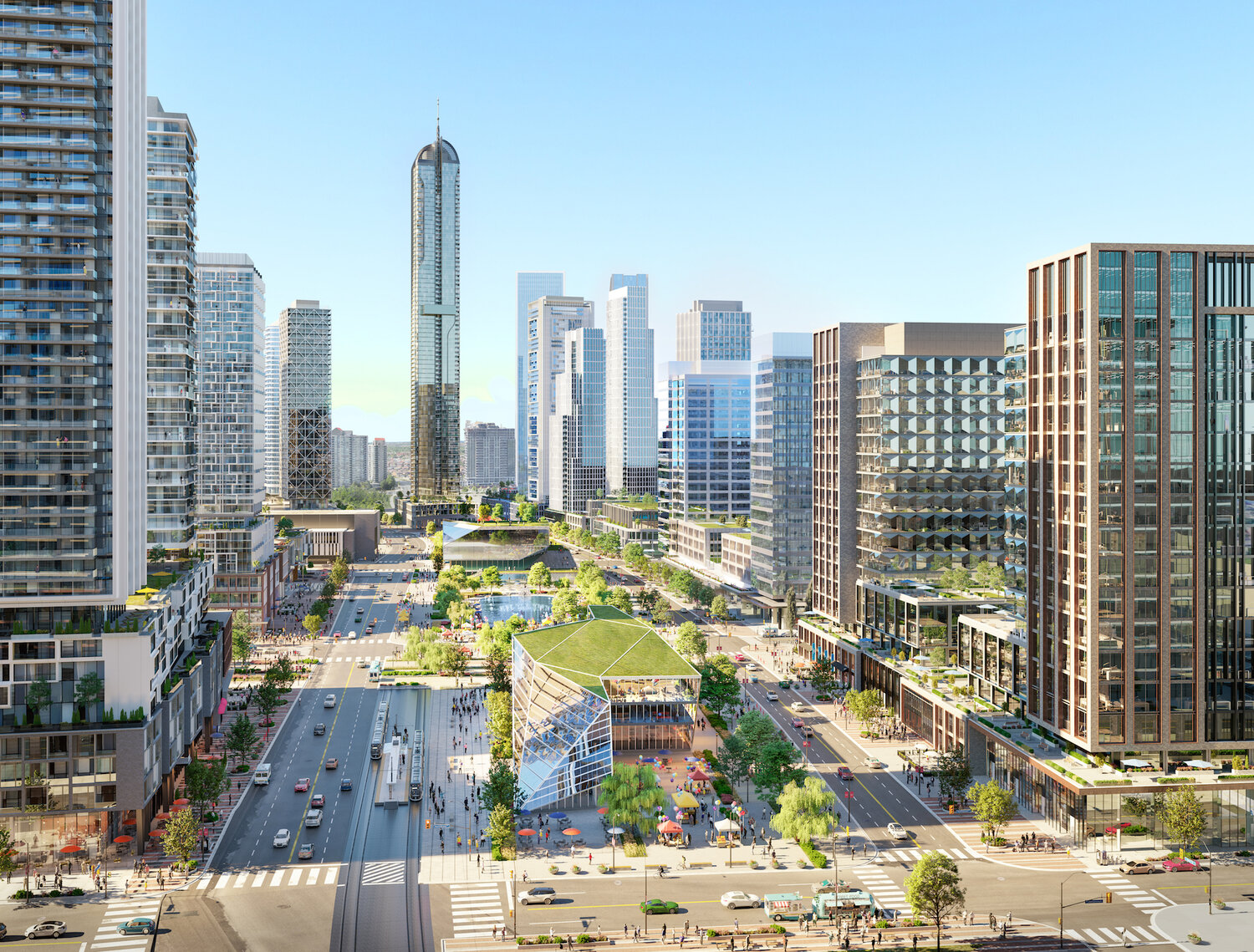This is waay off topic and maybe belongs elsewhere, but I've always thought cost/return ratios are almost fraudulent. We put a magic number in, and get a magic number out. If we double the value of a minute saved (for example), the BCR changes, but nobody's actually saved any more time. Or if we cut in half the cost of carbon, the same project doesn't emit more, but the BCR magics differently. Or jobs created, etc, etc. In this way, it's almost a "societal value" rather than "business case" analysis.
Ridership is what determines the value of a transit project. Higher ridership means the project is (relatively speaking) more useful compared to other options, and Option 1 is at $82,000/rider while Option 4 is $133,000/rider. Also, $3.5 billion for 9 km of "mostly at-grade" project is completely nuts (it would be expensive even for a 100% underground).
---------------------------------------------------------
Going back to Mississauga, slightly more on topic, while I agree that Milton GO isn't particularly effective for local trips, in the off-peak, local transit would not be competitive for, say, Dixie to Erin Mills. Milton off-peak would not only connect MCC to central Toronto with a better all day link than "bus to Eglinton LRT to the TTC-operated subway" or "25 minutes on HuLRT to catch LSW" but also create an express option across Mississauga itself. It's not a #1 priority project, but Milton Expansion+MCC tunnel should explored for the 2030s transit list.





